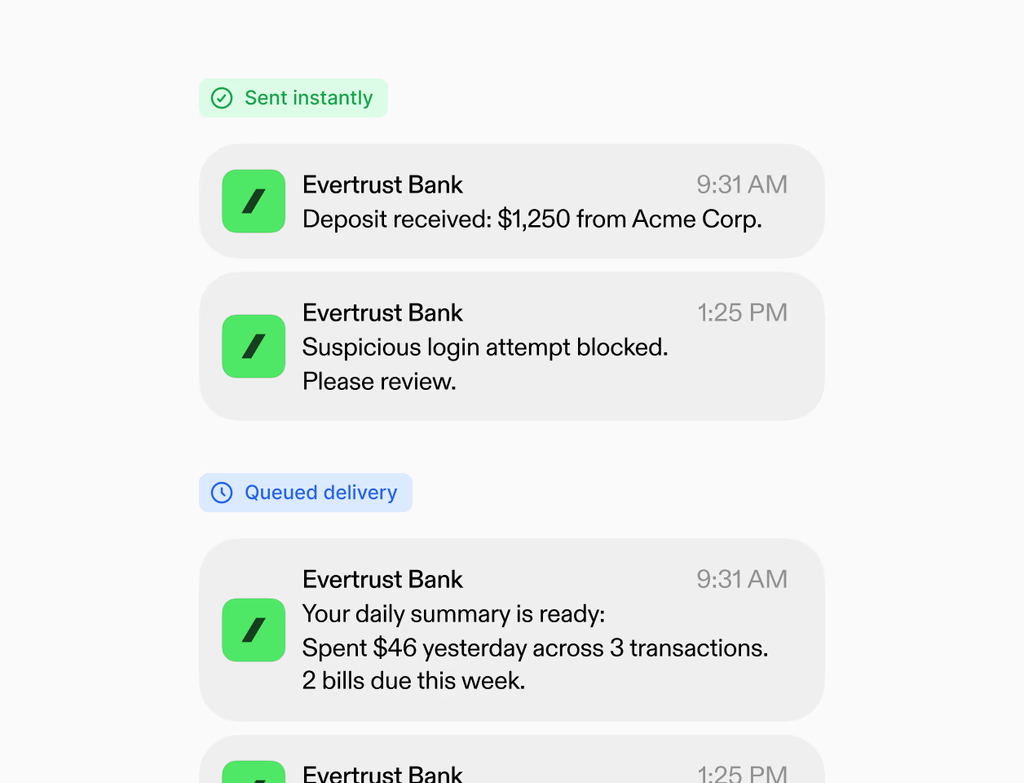What is the Hoop Knowledge Base Agent?
The Knowledge Base Agent acts as an AI assistant that provides instant, accurate customer support 24/7. It is designed for businesses on the Hoop platform seeking to deflect common support tickets and enhance self-service capabilities. The agent transforms your support conversations by grounding its responses directly in your approved knowledge base articles and documents. This allows customers to receive brand-safe answers quickly, freeing up human agents for complex issues. It is ideal for teams aiming to cut resolution times, ensure content compliance, and scale support operations without increasing headcount. The agent is especially valuable for industries with extensive documentation or frequently asked questions.
How does the agent deliver smarter answers across different channels?
The Knowledge Base Agent utilizes advanced language capabilities to improve how customers find information and take action across various support channels. It employs semantic search to find the most relevant sections of articles, rather than just matching keywords, ensuring precise guidance.
- Semantic search: Finds relevant, precise guidance beyond simple keyword matching.
- Guided summaries: Condenses complex articles into simple, step-by-step instructions.
- Citation snippets: Provides references to the original source content so customers trust the answer.
- Omnichannel deployment: Offers consistent knowledge through web chat, in-app widgets, portals, and email autoresponders.
This combination of features ensures high-quality support tuned to your brand voice, regardless of where the customer asks the question.
What are the pricing plans for the Knowledge Base Agent feature?
The Knowledge Base Agent is available across three distinct Hoop product tiers to suit varying business needs and scale. Customers can access this powerful self-service feature on the core, pro, and enterprise plans. Each tier offers the full functionality of the agent but typically involves different usage limits, advanced governance controls, and support levels.
The pricing model is generally structured to reward efficiency. It often involves a base subscription fee plus usage allowances based on the volume of customer interactions the agent successfully handles, such as deflections or resolved conversations. Higher tiers like pro and enterprise generally include:
- Increased volume capacity for high-traffic environments.
- Access to advanced quality control and audit logs.
- Priority support and dedicated onboarding resources.
Contact the Hoop sales team to determine the best plan for your current ticket volume and desired level of automation.
What controls ensure the agent's knowledge remains accurate and safe?
A robust set of controls is in place to guarantee the Knowledge Base Agent operates using only accurate, approved content and respects user privacy. The agent connects exclusively to your Hoop knowledge base and selected documents, establishing a single, trusted source of truth.
- Permissions-aware operation: The agent respects article visibility and entitlements so customers only see content they should access.
- Freshness and sync: Content updates automatically sync, ensuring new policies and pricing are reflected immediately without manual rework.
- Quality controls: You can enforce specific style and policy guidelines using content guidelines and required approval workflows before deployment.
These safeguards prevent unauthorized information dissemination and maintain brand integrity across all automated responses.
Can the Knowledge Base Agent integrate with my existing tools?
The Hoop Knowledge Base Agent is designed to work seamlessly within your customer platform environment, enhancing its core functionality with data from connected systems. It integrates directly with your Hoop knowledge base content, obviously, but its true power comes from its ability to connect with customer data.
Integration points include:
- CRM properties: The agent utilizes CRM data like customer plan, region, and product ownership to tailor answers and content to each specific user.
- Form and CRM updates: The agent can validate inputs and update records, reducing back-and-forth before a human agent handles a ticket.
- Workflow triggers: It can kick off approved automations like password resets, order lookups, or warranty checks using integrated tools.
This deep compatibility with existing workflows reduces manual steps significantly before a human agent ever intervenes, ensuring smoother service.
How quickly can we set up and start using the Knowledge Base Agent?
The setup process for the Knowledge Base Agent is straightforward and designed for a rapid time-to-value, especially since it leverages your existing Hoop knowledge base. Initial deployment can typically be completed within hours to a few days, depending on the complexity of your content and governance requirements.
The basic steps for activation are:
- Connect your approved Hoop knowledge base articles and documents as the content source.
- Define the agent’s tone and brand guidelines for consistent support language.
- Set up initial guardrails and allowlists to limit the agent to approved actions and content boundaries.
- Test the agent's responses with common customer queries and implement any necessary feedback loops.
Once deployed, the agent starts resolving common questions immediately, often leading to substantial ticket deflection within the first week of operation.
How does the platform help us measure and improve agent performance?
The Hoop platform provides comprehensive tools to track the agent's effectiveness and identify areas for ongoing improvement, ensuring continuous optimization of your self-service experience. This helps you quantify the impact of the Knowledge Base Agent on support operations.
Performance tracking is achieved through detailed analytics, including:
- Deflection analytics: Track conversations resolved versus those escalated, the time saved, and successful containment rates by topic.
- Article performance: Identify which specific knowledge articles drive successful resolutions and highlight areas where customers still encounter difficulties.
- Change history: Audit updates and responses for compliance, training, and continuous improvement.
Moreover, the system supports feedback loops by routing low-confidence answers for human review and flagging missed customer intents. This data allows support managers to create new articles or refine existing content based on real customer needs.



.avif)





